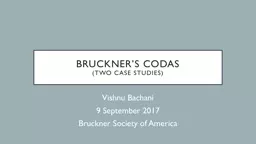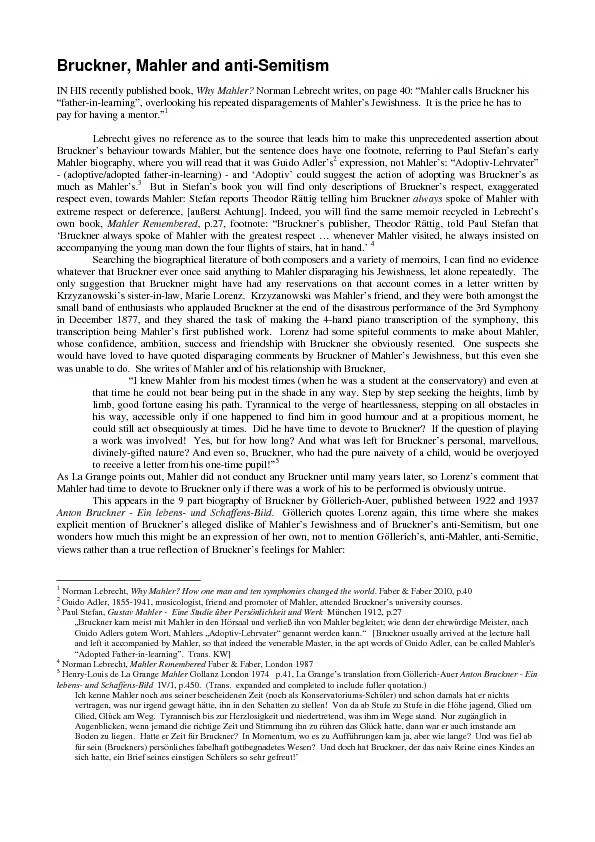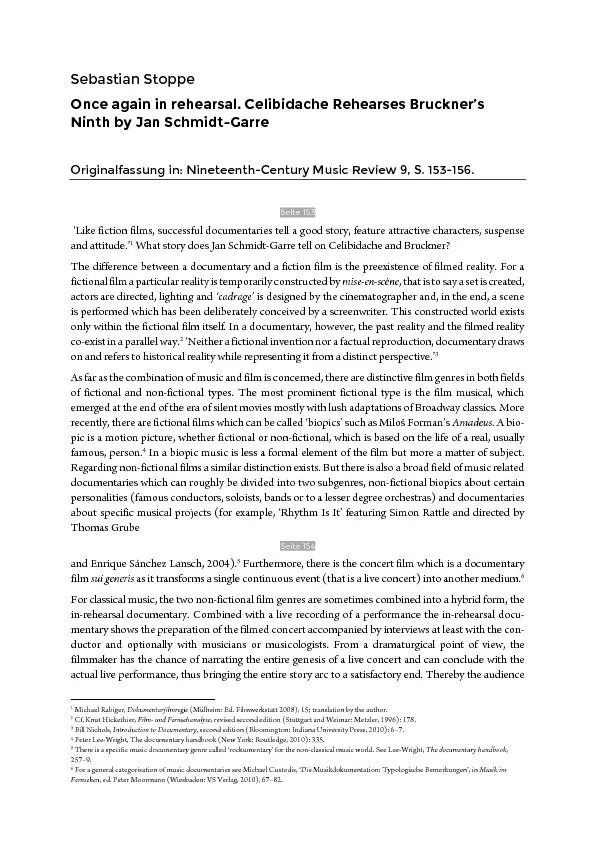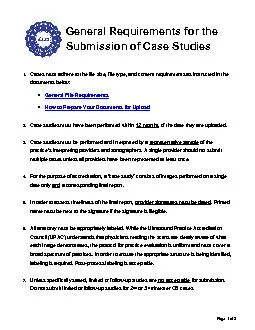PPT-Bruckner’s codas (Two case studies)
Author : alexa-scheidler | Published Date : 2019-12-07
Bruckners codas Two case studies Vishnu Bachani 9 September 2017 Bruckner Society of America Guiding question What makes Bruckners codas tick ie how are they constructed
Presentation Embed Code
Download Presentation
Download Presentation The PPT/PDF document "Bruckner’s codas (Two case studies)" is the property of its rightful owner. Permission is granted to download and print the materials on this website for personal, non-commercial use only, and to display it on your personal computer provided you do not modify the materials and that you retain all copyright notices contained in the materials. By downloading content from our website, you accept the terms of this agreement.
Bruckner’s codas (Two case studies): Transcript
Download Rules Of Document
"Bruckner’s codas (Two case studies)"The content belongs to its owner. You may download and print it for personal use, without modification, and keep all copyright notices. By downloading, you agree to these terms.
Related Documents














